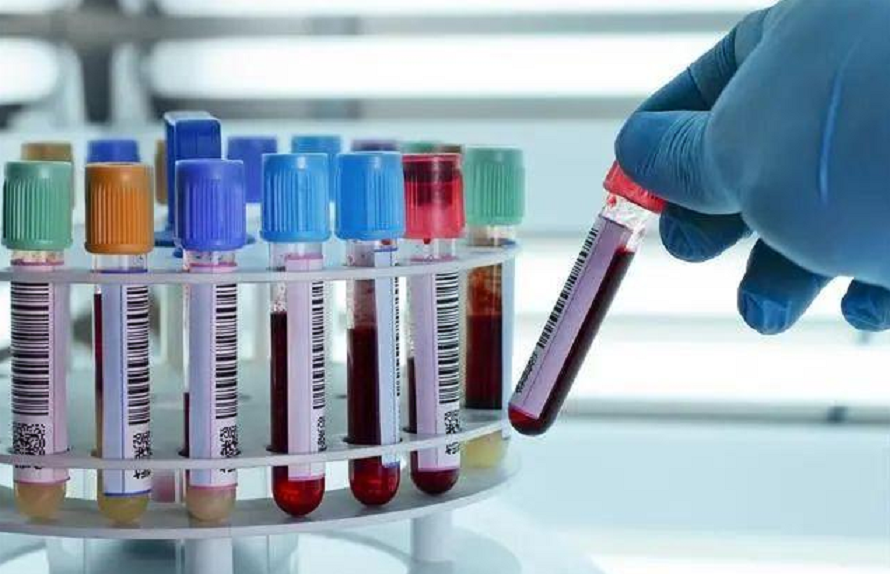The disappearance of coagulation blocks varies from individual differences, usually between a few days and a few weeks. First, you need to understand the type and location of the coagulation block, because the coagulation blocks of different types and parts may require different time to disappear.
1. Short venous thrombosis: It usually occurs in the veins of the limbs, which is more common. After receiving anticoagulant treatment, such thrombosis usually disappears within a few days to a few weeks.
2. Deep venous thrombosis: It occurs in deep veins, such as deep venous thrombosis in the lower limbs. It takes longer to disappear such thrombosis, which may take weeks or even months. Anticoagulant and wearing elastic socks can help accelerate the disappearance of thrombosis.
3. Arterial thrombosis: thrombosis that occurs in the arteries, such as coronary arterial thrombosis. Such thrombosis usually requires drug treatment or surgery, depending on the severity of the disease.
In addition to the above three types, there are thrombosis in other parts of pulmonary embolism. In short, the disappearance time of coagulation blocks varies from individual differences, types and parts of thrombosis, and requires evaluation and treatment according to the specific situation. It is recommended to seek medical treatment as soon as possible when suspected thrombosis symptoms, so that doctors can formulate appropriate treatment plans based on the condition. At the same time, maintaining good living habits, such as proper exercise and diet, can help prevent the occurrence of thrombosis.



 Business card
Business card Chinese WeChat
Chinese WeChat English WeChat
English WeChat